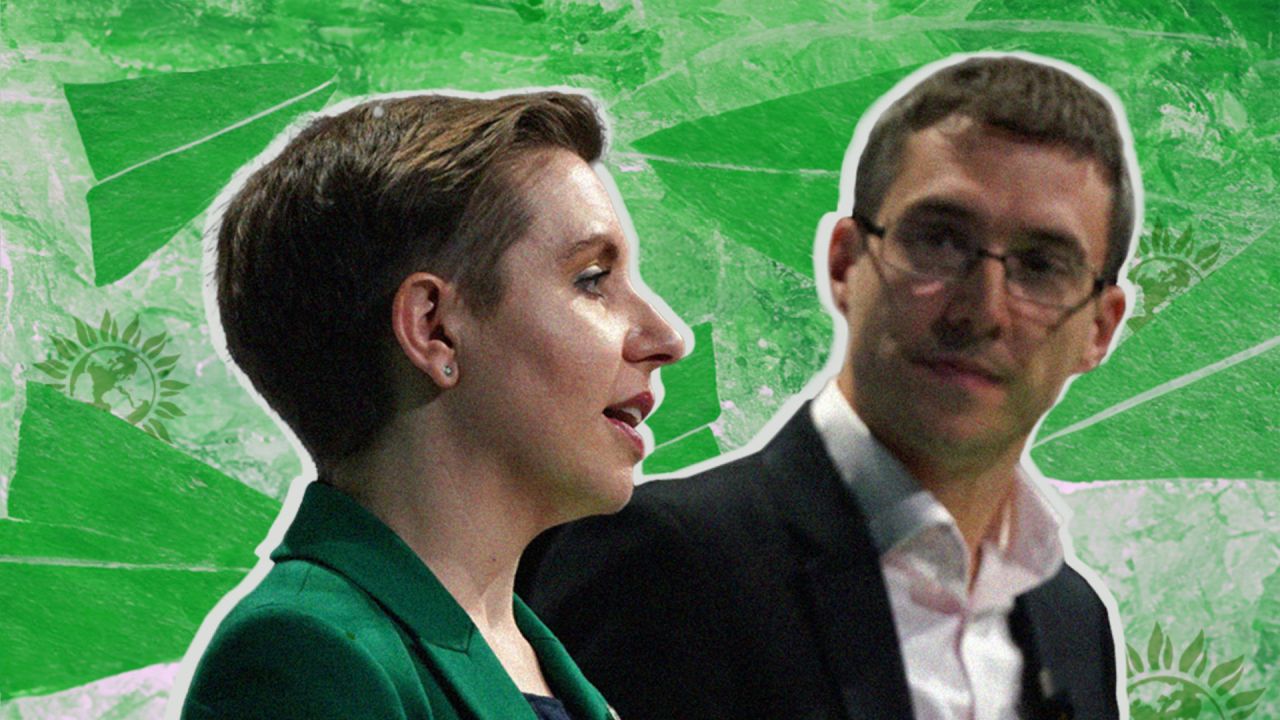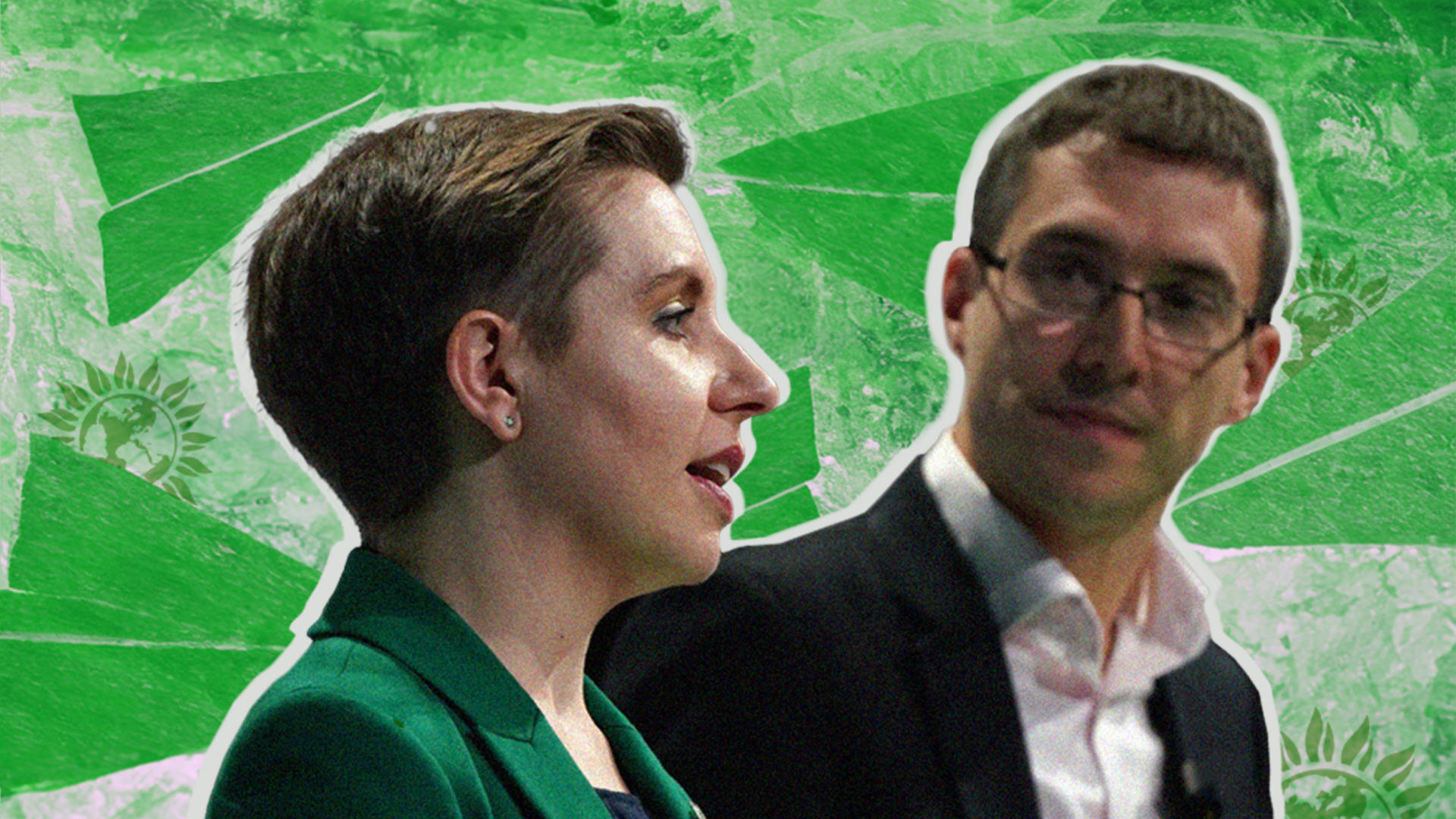So far, Keir Starmer has been unmoved by complaints from left-wingers that his policies differ little from those of Boris Johnson’s at the last election. After all, if left-wing voters don’t like his low-key approach, where else would they go?
The problem in British politics – as David Cameron found out – is that disgruntled voters do find somewhere else to go. In Cameron’s case, it was to Nigel Farage; in Starmer’s case, it may be to the Greens. Once dismissed as idealistic hippies, the Greens now serve in seven governments across Europe, including Germany, Belgium and Scotland. Even under the UK’s majoritarian system, they’re doing well with 800 council seats – more than Farage ever managed in his prime.
As Starmer edges away from the green agenda, urging Sadiq Khan to stop the Ulez expansion, he is taking a calculated risk: that ‘getting rid of the green crap’ (as Tory strategist Lynton Crosby was said to have urged) will shore up more working–class votes in the north than it will risk urban votes in the south. But it’s not without risks. The Greens came third in the 2021 London mayoral race and have overtaken Labour in representation in Bristol. Environment aside, the party may become a protest-vote depository for young voters who despair at Starmer’s caution.
For the young radical, the Greens are now the closest thing to Corbynism on the political menu
But the local elections in May confirmed that the Greens are increasingly a threat to the Tories too. Three-quarters of their gains came at the expense of the Conservatives, including notable advances in Lewes and East Hertfordshire. Mid-Suffolk returned a Green local council majority for the first time anywhere in the northern hemisphere. Green candidates won in Tory wards in Reigate, Spelthorne and West Oxfordshire in 2022, following success in Stroud and Tonbridge the year before that. All are represented at Westminster by Tory MPs.
Like the Lib Dems, the Green party can be different things to different voters. Angry and radical in the city, they pose as communitarian and conservationist in the country, focusing on local economies and small businesses for middle-class rural voters. Nimbyish opposition to house-building has been crucial to successes here. Polling by Opinium suggests that half of voters who want to ‘prevent excessive building’ see the Greens as their allies. Hence Green progress in both affluent and deprived areas in the local elections.
Critics jibe that when the Greens do end up running things, they actually have to take a stand – and that stand tends to be on the wackier end of the spectrum. In Scotland (where they back independence), their support for gender self-ID split the independence movement. Their flagship bottle deposit return scheme is widely lampooned as a failure. SNP MSPs are demanding Humza Yousaf review their coalition deal while Robin Harper, the Scottish Greens’ former leader, quit the party this month declaring it had ‘lost the plot’.
Prior to May, the Greens had run only one council in England and Wales – Brighton. Their years in control there were characterised by bin strikes, poor recycling rates and plans to quadruple parking fees. The Greens’ much-vaunted refusal to use a party ‘whipping’ system caused major difficulties, with the council leader on one occasion forced to condemn a strike while his deputy was outside on the picket line with the workers.
This relaxed approach to party discipline can cause problems. Elections for the Green party’s executive this month have already seen one candidate accuse the party of being ‘institutionally racist’. Allegations of transphobia are never far away. Siân Berry had to quit as the party’s co-leader in 2021 after she was unable to veto the appointment of a front-bench spokesman who argued that sex was biological and could not be changed. The Scottish Greens were even more appalled and cut ties with their sister party the following year.
There is a danger too that the Greens’ radicalism will alienate their newfound supporters across swaths of Middle -England. Their current policies include a pledge to spend nearly £100 billion a year on climate change – almost four times the £28 billion detailed in Labour’s now-abandoned ‘Green New Deal’. The monarchy would be abolished. On migration, the Greens would work towards the abolition of the ‘concept of legal nationality’ and a world ‘in which the concept of a “British national” is irrelevant and outdated’.
At the last general election the Green party advocated the sale of cocaine in pharmacies and the transformation of the Ministry of Defence into a ‘Ministry for Security and Peace’. Spending on tanks and troops would be reapportioned for peace promotion and ecological emergencies, and soldiers and sailors charged with ‘defending environments around the world from the effects of climate chaos’. The Welsh Greens meanwhile want more powers ‘up to and including independence’ in order to ‘rid us of the toxic British class system’. At a local level, Green councillors have pushed for meat and dairy to be banned at official events in places like Oxfordshire and Hythe.

For the young radical, the Greens are now the closest thing to Corbynism on the political menu. For the greenbelt guardian of the shires, they’re a way of voicing despair at the Tories without endorsing Starmer. The Green party is going for both camps. One of its two co-leaders, Carla Denyer, is standing in Bristol Central next year, a new seat drawn from Labour constituencies steeped in a left-wing tradition. Adrian Ramsay will meanwhile fight Waveney Valley in deep blue territory, straddling the Norfolk/Suffolk divide.
It remains to be seen if the Greens can successfully fight both constituencies, or will come apart under their two-identity strategy. Alternatively, will the core voters of both Tory and Labour be so exasperated that they’re past caring? General elections that are seen by voters as a Hobson’s choice with little to inspire tend to be the ones where a third party does well. But it is the Greens who are well-placed to emerge as a major beneficiary of this trend.








Comments